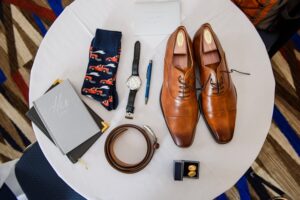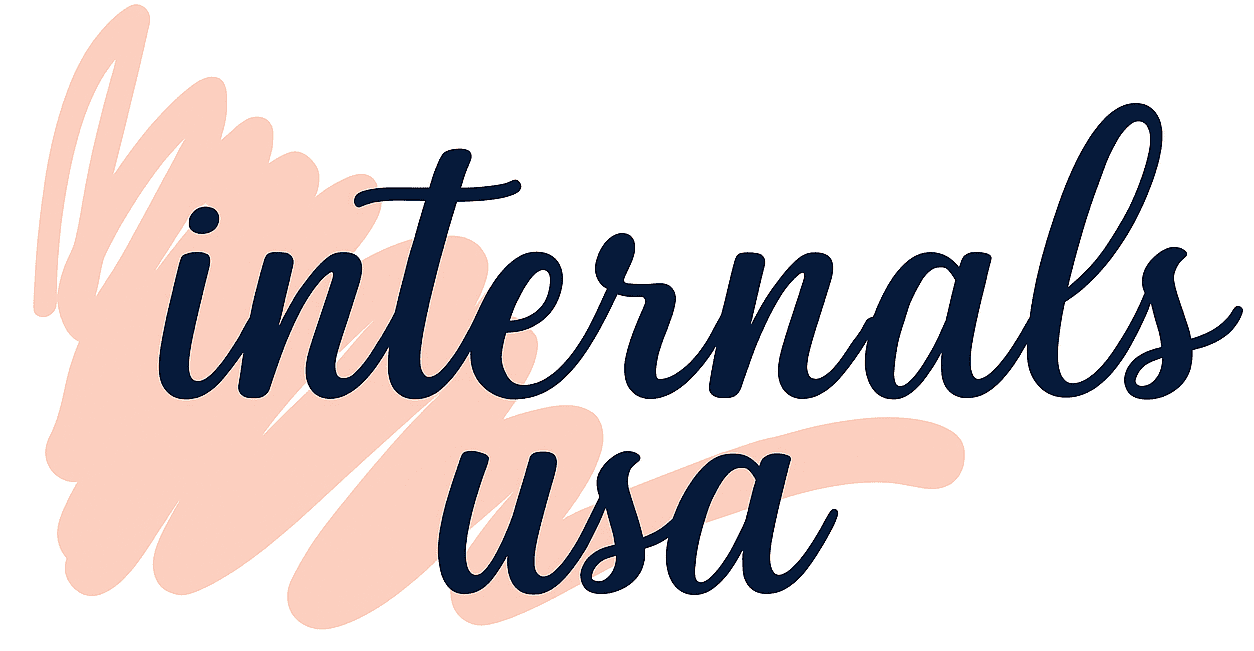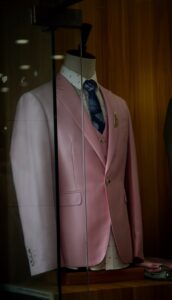Master Formal Dressing for Men: Tips for Every Occasion
The Essential Guide to Formal Dressing for Men
Formal events demand a level of sophistication that goes beyond everyday wear. Understanding the nuances of formal dressing for men is key to presenting yourself with confidence and style. This dress code, often reserved for prestigious occasions like weddings, galas, and black-tie dinners, has specific rules. This guide will walk you through every component, from the classic tuxedo to the essential accessories. We’ll demystify the requirements of black-tie and white-tie events, ensuring you are perfectly attired for any formal gathering. Let’s explore the pinnacle of menswear.
Understanding Formal Dressing for Men
Formal wear represents the highest level of dress code in traditional Western fashion. It is typically divided into two main categories: black-tie and white-tie. Knowing the difference is crucial, as each has its own strict set of rules. Black-tie is the more common of the two.
Proper formal dressing for men is about precision, fit, and paying attention to detail. It is not a place for creative interpretation or casual trends. The goal is to achieve a timeless, elegant, and uniformly sophisticated look that respects the gravity of the occasion.
Black-Tie vs. White-Tie
Black-tie is the standard for most evening formal events. It calls for a tuxedo. White-tie, on the other hand, is the most formal dress code possible, reserved for state dinners, royal ceremonies, and select balls. It requires a tailcoat, white bow tie, and waistcoat.
The Importance of Adherence
When an invitation specifies a formal dress code, it is a requirement, not a suggestion. Adhering to the code shows respect for the host and the event itself. It ensures a cohesive and elegant atmosphere for all attendees.
The Cornerstone: The Black-Tie Tuxedo
For any black-tie event, the tuxedo is the non-negotiable centerpiece of formal dressing for men. A classic tuxedo consists of a black or midnight blue dinner jacket and matching trousers. The jacket typically features satin or grosgrain lapels.
The fit is paramount. A well-tailored tuxedo should contour your body without feeling restrictive. The jacket should be snug at the shoulders, and the sleeves should show about a half-inch of your shirt cuff. Trousers should have a clean line with no break at the shoe.
Jacket Lapel Styles
- Peak Lapel: The most formal and traditional option, its edges point upwards towards the shoulder.
- Shawl Collar: A smooth, rounded lapel with no notches, offering a timeless and elegant look.
- Notch Lapel: While common on suits, it is the least formal option for a tuxedo and is sometimes seen as a modern compromise.
The Formal Shirt and Bow Tie
Beneath the tuxedo jacket, the right shirt is essential. A traditional formal shirt is white and features a pleated or piqué bib front. The collar should be a turn-down or a wing collar, specifically designed for a bow tie.
The bow tie itself is a critical element. For black-tie events, a self-tied black silk or satin bow tie is the only correct choice. Pre-tied versions lack the character and authenticity required for true formal dressing. Learning to tie one is a skill every man should have.
Perfecting the Lower Half: Trousers and Shoes
Formal trousers are designed to be worn with the tuxedo jacket. They should be made from the same material and feature a single braid of satin or grosgrain down the side of each leg, matching the jacket’s lapels. These trousers should be worn with suspenders, not a belt.
For footwear, nothing but black patent leather dress shoes will do. The high-shine finish of patent leather is a hallmark of formal wear. Oxfords are the classic choice, but elegant patent leather pumps (opera pumps) are also traditionally acceptable.
Key Footwear Rules
- Style: Black patent leather Oxfords are the gold standard.
- Socks: Wear black, over-the-calf dress socks made of silk or fine merino wool.
- Condition: Ensure your shoes are impeccably clean and polished.
White-Tie: The Ultimate Formal Attire
White-tie is the apex of formal dressing for men and is required for only the most special occasions. The ensemble is highly specific and leaves no room for deviation. It is a uniform of pure elegance and tradition.
The core of the outfit is a black, double-breasted tailcoat with silk facings, worn unbuttoned. This is paired with black trousers with two stripes of satin down the side. Underneath, a man wears a white piqué waistcoat, a white piqué wing-collar shirt, and a white piqué bow tie.
Essential Formal Wear Accessories
Accessories are the final, crucial details that complete a formal look. With formal dressing, less is more. Each piece should be chosen for its elegance and subtlety, enhancing the outfit without drawing undue attention.
Cufflinks and shirt studs are mandatory. They should be simple and refined, often made from mother-of-pearl, onyx, or precious metals like silver or gold. A simple, elegant dress watch with a black leather strap is acceptable, but traditionally, a gentleman does not wear a watch to a formal evening event.
Finishing Touches
- Pocket Square: A white silk or linen pocket square, folded neatly, is the only option.
- Suspenders (Braces): These are worn to hold up the trousers. Choose white or black silk suspenders.
- Boutonnière: For some events, a single white or red carnation may be worn on the lapel.
Common Mistakes to Avoid in Formal Dressing
Navigating formal dress codes can be tricky, and a few common errors can undermine an otherwise great look. One of the biggest mistakes is wearing a standard business suit to a black-tie event. A tuxedo is fundamentally different and required.
Another frequent misstep is wearing a necktie instead of a bow tie. Black-tie means a black bow tie. Similarly, avoid wearing a belt with a tuxedo; suspenders are the correct choice. Lastly, ensure your shoes are appropriate—no regular leather shoes, only patent leather.
 Adapting Formal Wear for Different Events
Adapting Formal Wear for Different Events
While the rules of black-tie and white-tie are rigid, the context of the event can sometimes offer slight guidance. For example, a creative black-tie event might allow for a velvet dinner jacket in a deep jewel tone like burgundy or dark green.
However, for traditional weddings, galas, or award ceremonies, it is always best to stick to the classic interpretation of formal dressing for men. When in doubt, a traditional black tuxedo is always the correct and safest choice.
Investing in Quality Formal Pieces
Given that formal wear is reserved for special occasions, it is worth investing in high-quality, timeless pieces. A well-made tuxedo can last a lifetime if cared for properly. Focus on classic styles rather than fleeting trends to ensure your investment remains relevant.
Consider having your tuxedo professionally tailored. A perfect fit makes a world of difference in your appearance and confidence. Owning your own formal wear is often a better long-term solution than renting, especially if you anticipate attending multiple formal events.
Conclusion
Mastering formal dressing for men is about respecting tradition and appreciating the power of a refined, classic look. Whether the invitation calls for black-tie or the ultra-formal white-tie, the guidelines are clear. A perfectly tailored tuxedo or tailcoat, crisp white shirt, proper bow tie, and patent leather shoes form the foundation of timeless male elegance. By investing in quality pieces and understanding the rules, you ensure you will always meet the moment with unparalleled style and grace. These principles are your key to navigating the most distinguished events on your social calendar.
Feel free to browse our detailed guides on other dress codes to complete your sartorial knowledge. What are your go-to tips for formal events? Share them in the comments below!
FAQs
Q: Can I wear a black suit instead of a tuxedo for a black-tie event?
A: No, a black suit is not a substitute for a tuxedo. Black-tie explicitly requires a tuxedo, which has distinctive features like satin lapels that a suit lacks.
Q: Is a wing collar or a turn-down collar better for a formal shirt?
A: Both are correct. A wing collar is more traditional and formal, especially for white-tie, while a turn-down collar is a common and perfectly acceptable choice for black-tie.
Q: Are colorful bow ties or pocket squares acceptable for formal dressing for men?
A: For true black-tie, a black bow tie and a white pocket square are standard. “Creative black-tie” may allow for color, but always err on the side of tradition if unsure.



 Adapting Formal Wear for Different Events
Adapting Formal Wear for Different Events




Leave feedback about this